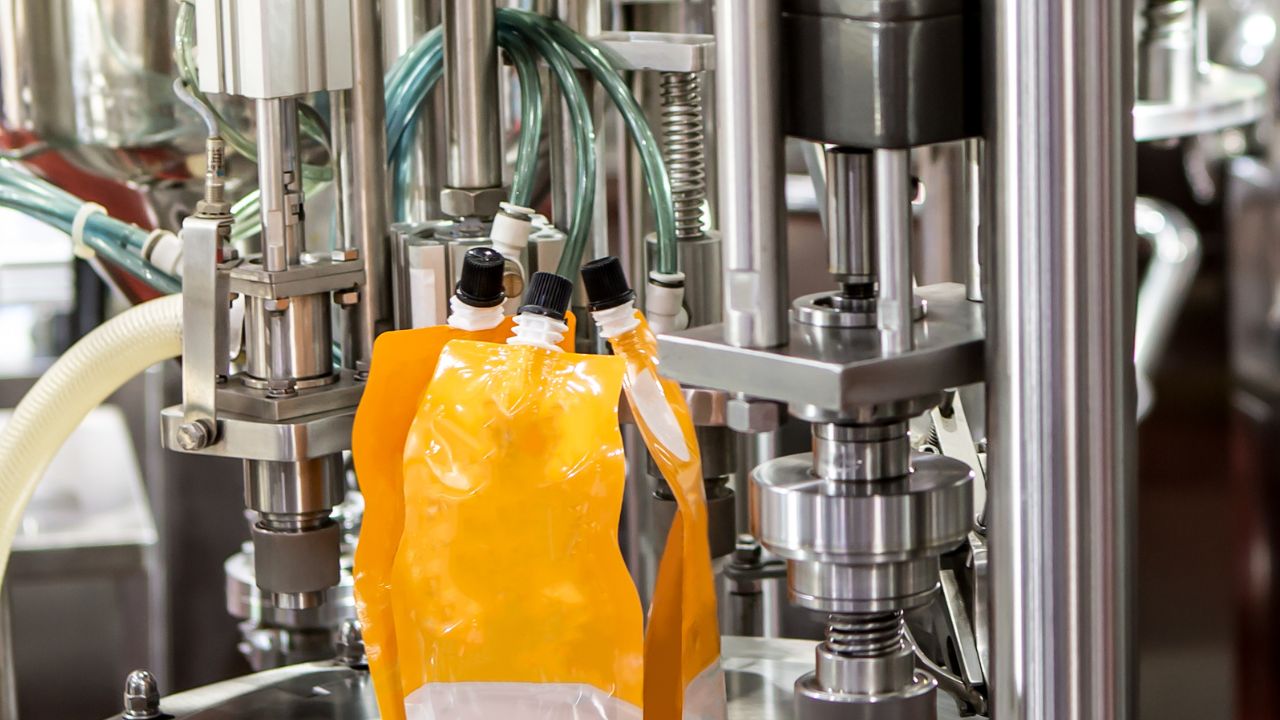Bag filling machines are essential in a range of industries where products need to be packaged efficiently and securely.
These machines are commonly used for filling bags with products such as food items, chemicals, construction materials, and pharmaceuticals.
The core working principle of a bag filling machine revolves around measuring, filling, and sealing processes, which together ensure accurate, fast, and hygienic packaging.
Step 1: Bag Positioning and Opening
The first step in the bag filling process is the positioning and opening of the bag. Typically, bags are loaded onto the machine manually or by an automatic feeding system.
In an automated system, a stack of bags is loaded onto a magazine, from which they are individually picked up by a vacuum arm or gripper.
The machine then positions the bag under the filling head and opens it using an air blower or mechanical spreader arms. This step is crucial for a seamless filling process, as a properly opened bag helps to prevent spills and ensures that the product is directed accurately into the bag.
Step 2: Product Weighing or Measurement
Once the bag is open and securely positioned, the machine’s weighing or dosing system measures the product amount that will go into each bag.
Different types of bag filling machines use various methods for accurate product measurement. For example, gravimetric bag fillers use a scale to weigh the product, while volumetric fillers use a fixed volume of product for each bag.
This system can vary depending on the type of material being packed, as some products require precise weight control, such as powders or small granules, while others, like liquids, can be measured volumetrically.
Step 3: Filling Process
After the product is measured, the filling process begins. The filling nozzle or spout is lowered into the open bag, and the measured product is released.
Bag filling machines may operate on gravity filling, vacuum filling, or pneumatic systems, depending on the product’s characteristics. For example, products like powdered chemicals may require a vacuum system to prevent dust, while free-flowing granules can be gravity-fed.
Some advanced bag filling machines also have features to vibrate or shake the bag slightly during filling, which helps in settling the product evenly and avoiding air pockets, especially in bags containing granular or powder products.
Step 4: Bag Sealing and Discharge
Once the bag is filled, it moves to the sealing station. The sealing method depends on the bag material. For example, heat sealing is common for plastic bags, where a pair of heated jaws press together and melt the bag’s top edge, creating an airtight seal.
Paper bags may require stitching, taping, or other closing methods. Some machines even support multiple sealing types for versatility in bag materials.
After sealing, the bag is discharged from the machine and typically conveyed to the next processing stage, such as labeling or palletizing.
Step 5: Quality Control and Output Monitoring
Quality control is critical in bag filling. Some bag filling machines come equipped with sensors and cameras to detect issues like underfilled bags, improperly sealed bags, or bags with foreign materials.
If any issues are detected, the machine will alert operators or remove the defective product from the production line.
Conclusion
Bag filling machines streamline packaging by automating steps that would otherwise be labor-intensive and time-consuming.
By integrating processes such as bag opening, precise measurement, filling, sealing, and quality control, these machines play a crucial role in efficient product packaging.
For industries requiring high standards in packaging, a bag filling machine provides speed, accuracy, and reliability essential to maintain product quality and production efficiency.

